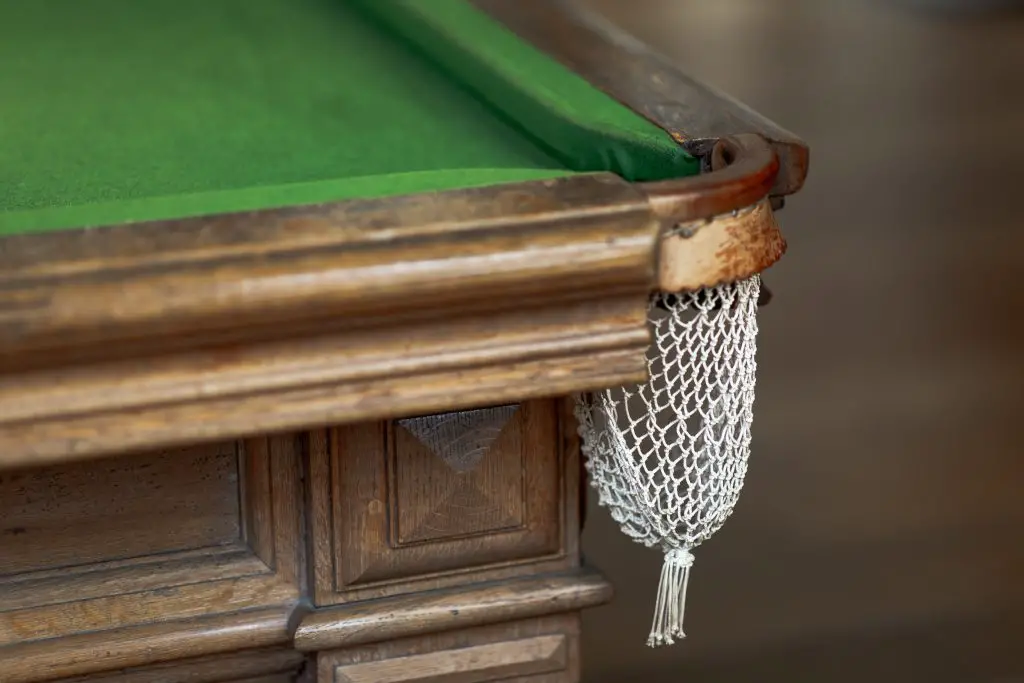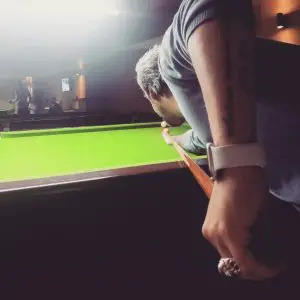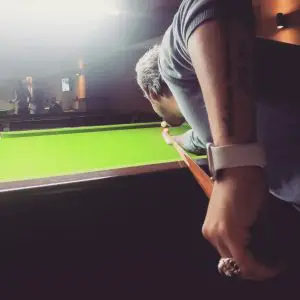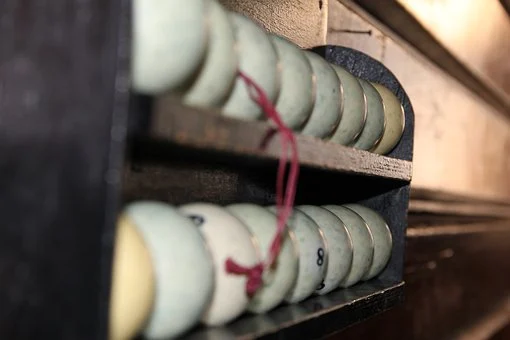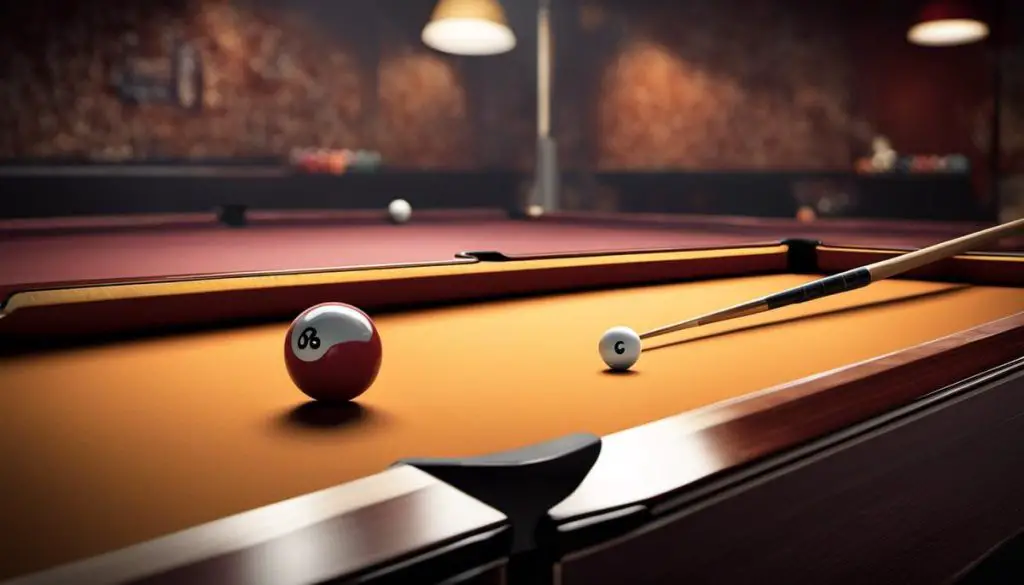One pocket is one of the most popular games in the pool, and there are a few basic rules that everyone should know before playing. In this blog post, we will discuss the one pocket rules and how to play the game correctly.
We will also provide some tips on how to improve your one-pocket skills. Whether you’re a beginner or an experienced player, these tips will help you become a better one-pocket player!
One Pocket Rules
Let us discuss some of the official one pocket rules to understand the basics of the game and become the master.
1. Object of The Game
The one-pocket game is played with two players. Each player has one designated pocket on the pool table, and the object of the game is to score points by sinking balls into your opponent’s pocket.
You can also win the game by forcing your opponent to foul, or by sinking the eight ball into their pocket.
2. Break Shot
The break shot is one of the most important shots in one pocket. The player who breaks will have a significant advantage, so it’s important to break correctly.
To break, the player must place the cue ball behind the head string and hit it towards one of the side pockets. The goal is to scatter the balls and sink one or more balls into your opponent’s pocket.
If you sink a ball on the break, you can choose to either keep shooting or pass the turn to your opponent.
If you don’t sink a ball on the break, your opponent can either take the shot or have the cue ball re-spotted behind the head string.
3. Scoring Points
Points are scored in one pocket by sinking balls into your opponent’s pocket. The value of each ball is determined by its color:
- Yellow and red balls are worth one point each.
- Green, brown, and blue balls are worth two points each.
- Pink, black, and white balls are worth three points each.
The first player to reach a predetermined score wins the game.
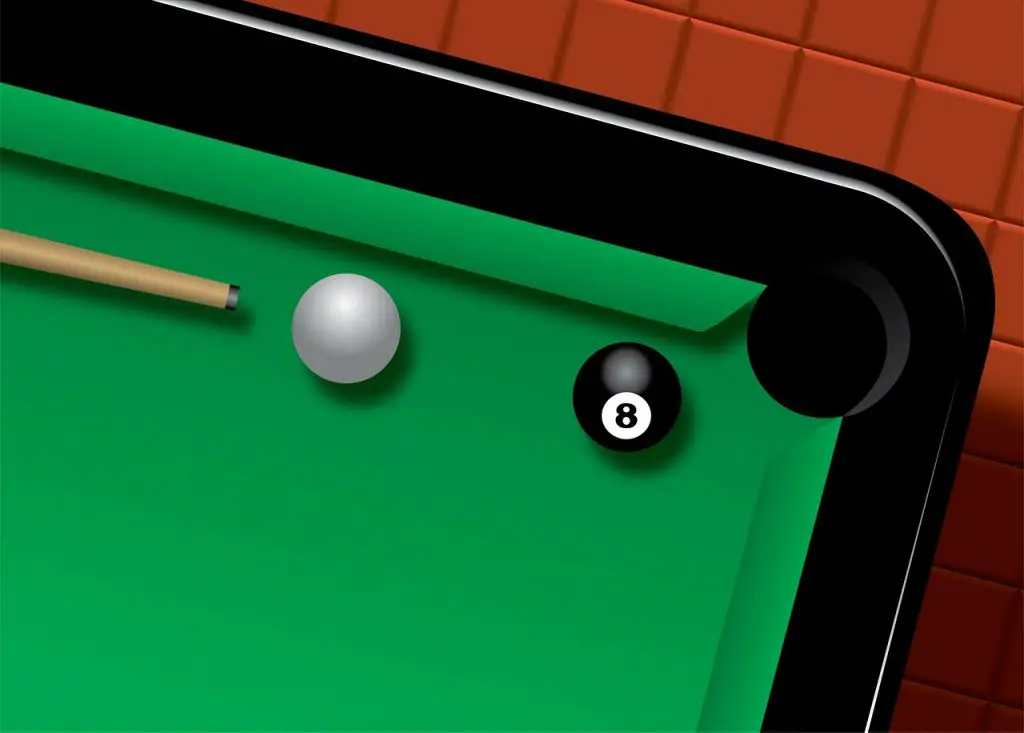
4. Foul Shots
A foul shot is one that does not meet the requirements of a legal shot. There are many different fouls that can be committed in one pocket, but some of the most common include:
- Hitting the cue ball off the table.
- Pocketing the cue ball.
- Double hits (hitting the cue ball twice with the cue stick).
- Hitting a ball that is not one of your own.
Foul shots result in a loss of turn, and your opponent can either take the shot or have the cue ball re-spotted behind the head string.
5. Jumping
Jumping the cue ball is one of the most common fouls committed in one pocket. It occurs when the cue ball hits another ball on the table and then jumps off the table.
If this happens, your opponent can either take the shot or have the cue ball re-spotted behind the head string.
6. Frozen Balls
A frozen ball is one that is touching another ball or the rail. If your cue ball is frozen, you can either hit it softly to try and dislodge it, or you can ask your opponent to move the other ball.
If your opponent’s cue ball is frozen, they can either hit it softly to try and dislodge it, or they can ask you to move the other ball.
7. Winning or Losing The Game
The rule for the winner or loser in one pocket is very simple. If one player has more points when the other player either fouls or runs out of balls, that player wins the game.
There are a few different ways to win one pocket. The most common way is to simply score more points than your opponent.
You can also win by forcing your opponent to commit a foul, or by sinking the eight ball into their pocket.
These are just a few of the one pocket rules that you need to know to play the game. For more information on one pocket, be sure to check out our other blog posts!
One Pocket Tips
Here are some tips that will help you improve your one pocket skills:
1. Master The Break Shot
As we mentioned before, the break shot is one of the most important shots in one pocket. The player who breaks will have a significant advantage, so it’s important to master this shot.
To break correctly, you must place the cue ball behind the head string and hit it towards one of the side pockets. The goal is to scatter the balls and sink one or more balls into your opponent’s pocket.
2. Control The Cue Ball
In one pocket, it’s important to have control over the cue ball at all times. This will allow you to set up shots and make difficult shots when necessary.
To control the cue ball, you need to practice your aim and learn how to apply spin to the cue ball.
3. Spinning The Cue
One of the best ways to control the cue ball is by applying spin to it. This can be done by using English (sidespin), backspin, or topspin.
By applying spin to the cue ball, you will be able to control its path and make it easier to pocket balls.
4. Practice, Practice, Practice
As with any game, the best way to improve your one-pocket skills is to practice as much as possible.
Find a partner and play as often as you can. The more you play, the better you’ll become at making shots and reading the table.
5. Keep Track of Your Pocketed
In one pocket, it’s important to keep track of all the balls that you’ve pocketed. This will allow you to know which balls are still on the table and which ones you need to sink in order to win the game.
By following these tips, you’ll be well on your way to becoming a one-pocket.
Conclusion
One pocket is a great game for two players. It’s easy to learn the basics and can be a lot of fun. Be sure to check out our other blog posts for more information on one pocket rules!
Please leave any questions or comments below!

